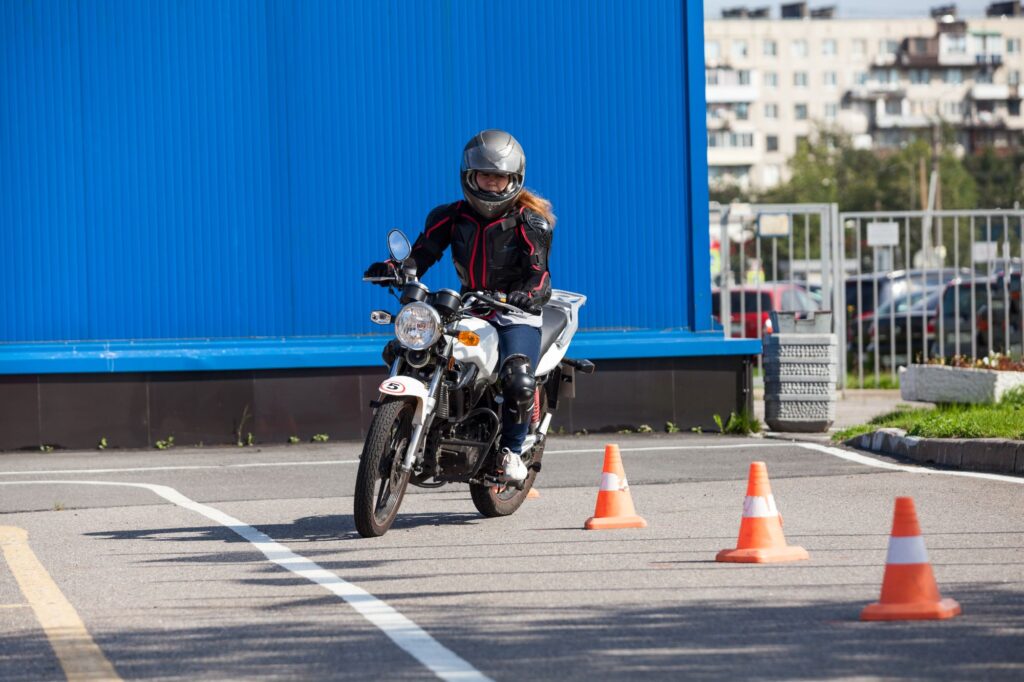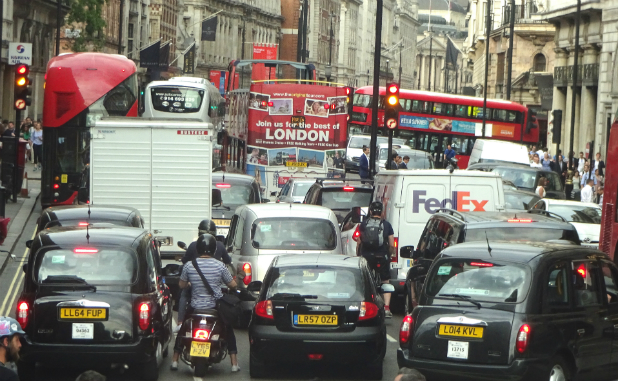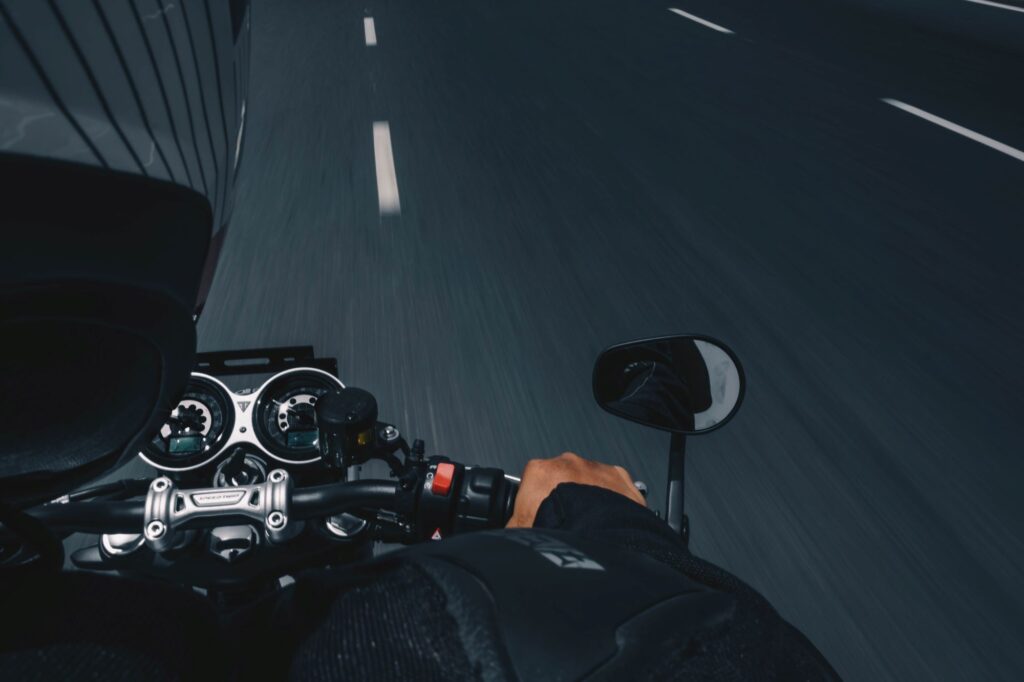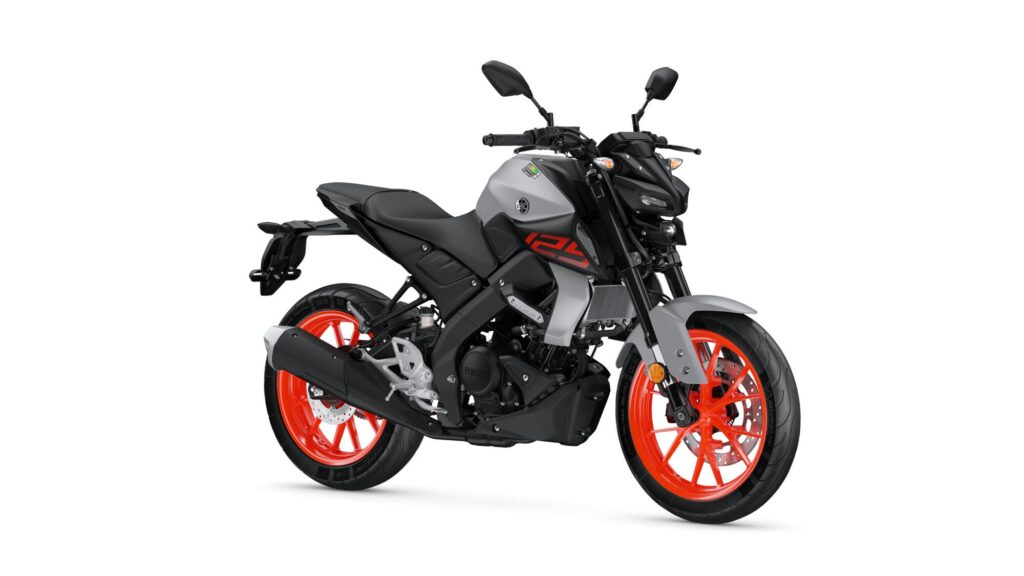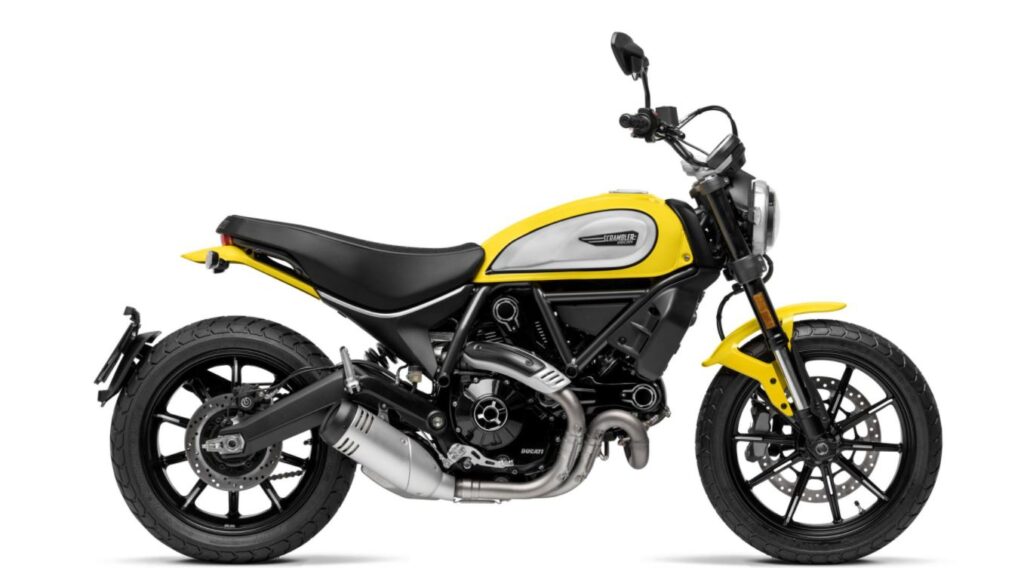Café racers have developed one of the most devoted followings of any custom bike since they first emerged in the early 1960s. Bikesure, takes a look at these enduring bikes and rounds up some of the best modern versions, as well as checking out what to get if you’re thinking of making your own.
Anyone who’s read our article about the Ace Café will know café racers were developed by the young bikers who gravitated towards the transport cafes in and around London back in the late 1950s and 60s. With bikes capable of reaching 100mph being out of reach for most British teens at the time, mixing and matching parts of older machines was an affordable way of achieving high speeds.
As the sixties wore on, the aftermarket industry began to develop with more tuning parts becoming available. Over time the café racer moved beyond the world of amateur engineering and into the world of factory customs.
The first era of café racers
The first references to bikes that are recognisably café racers was in the late fifties, but they really gained traction in the early sixties.
Triumph Bonneville
One of the definitive “original” café racers combined a Norton frame with a Triumph engine. While the Bonnie’s engine became the favourite after it was released, earlier engines from the Thunderbird or Tiger T100 were equally sought after. This combination became known as the Triton.
AMC AJS 7R

Another of the bikes that inspired the look, it was colloquially known as the boy racer presumably because of its attractiveness to mod-happy young riders. Obviously boy racers predate the creation of café racers, and indeed enjoy racing a wide range of different vehicles given the opportunity.
BSA A7
Another of the original café racer bikes, this and its successors formed the basis of another fusion bike, the Tribsa. We’re including the A7 rather than some of its successors like the Royal Star or the Lightning Rocket as the older bikes would have been the ones available at the origin of café racers, but as the sixties wore on the newer machines would have become more common. That’s not to say the BSA engine was complete garbage, as the Norbsa combined the BSA engine with a Norton frame.
The second era
The fifties and sixties saw the slow decay of the British motorcycle industry, as the overall aversion to investing in improving their technology caught up with them. Luckily for consumers, Japanese manufacturers were there to take up the slack, and their early reputation for unreliability was soon yesterday’s chip wrapping as the public was won over by machines that weren’t basically identical to the ones driven by their parents.
Honda CB750
The first superbike, and often to be found in the toppermost parts of any best bikes ever list, the CB750 was quite the gamechanger in the motorcycle industry. It’d be wrong to say all the British and American manufacturers took notice – because a lot of them began to go out of business after the CB750’s 1969 launch. But there was some degree of readjustment to the new paradigm.
One of the biggest changes was the fact that with a good engine and frame in the package, a lot of the changes required to fully café it up were much less invasive and a lot cheaper.
Yamaha RD350
The RD series as a whole was and is enormously popular among café heads. While it’s obviously a tad dated mechanically now it’s the perfect platform for updating with modern technology. As with the CB750 its immense success gives it a lineage that is equally customisable, like the RD400 and the RZ350, which is ideal if you’re looking for 25-year-old bikes rather than 40-something bikes.
BMW R series
Whether it’s an R45 from the seventies, or eighties favourite R80, you can’t go wrong with a Beemer. Their compact frame and low centre of gravity gives them excellent handling and makes it easier to get that classic café racer silhouette. The 2014 release of the RnineT which is often described as the perfect bike for customisation, as it’s adaptable to any of the popular variants. So if you’re after something less than 40-years-old, then you’re good to go.
Moto Guzzi Le Mans

First launched in 1976 and finally put out to pasture in 1992. To be honest, if there aren’t some purists who decry taking a racer and then trying to make a racer out of it then we’ll be disappointed. Regardless, it starts off as a nice looking ride, so unless you’ve got absolutely no idea then you’ll end up with something at least half decent.
The modern era
The internet has given a gigantic boost to the custom scene, making it much easier for the new breed of garages to get worldwide publicity, which of course helps to drive demand all over. This has also made manufacturers produce their own customs, which allows you to miss out that whole “having to be good at mechanics” thing that procuring a custom bike used to require.
Take a look at our round-up of the best cafe racers you can buy in 2022 to find out more about the modern era of customs.
Whether you’re making your own or buying, Bikesure offer a huge range of custom bike insurance options for café racers and other modified classics.

